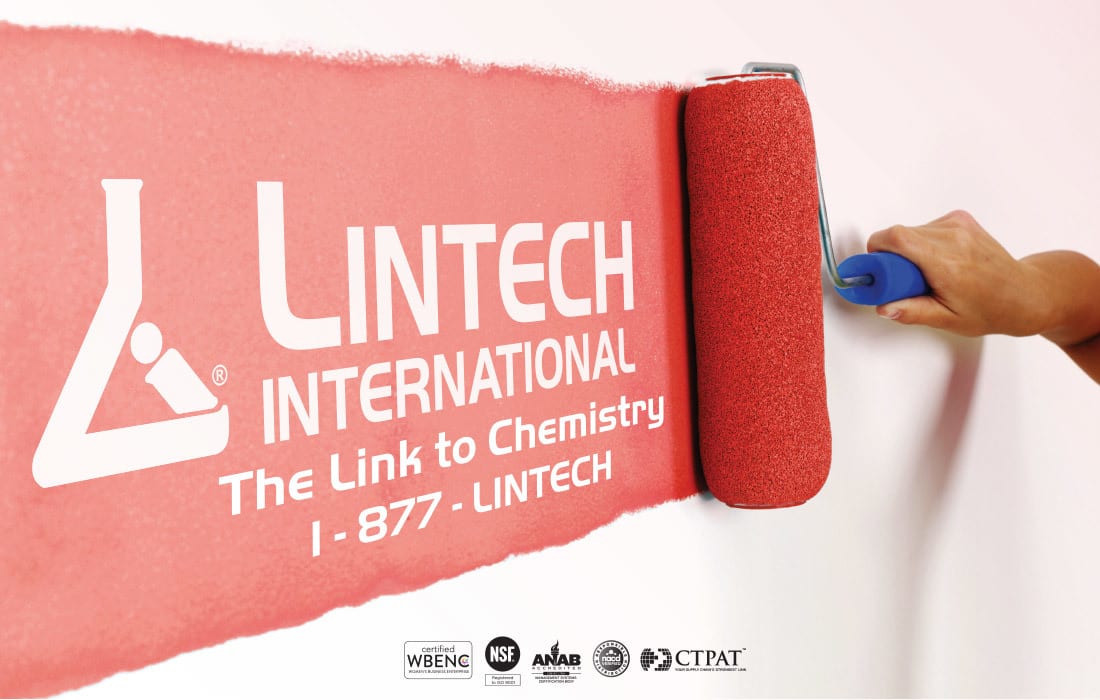Ready to proof -- 7/25/22
KJ proofed on 7/26
INDUSTRY UPDATES
“ACS and CSES are renowned scientific societies that share an interest in identifying solutions to global environmental challenges, such as those enunciated in the UNSDGs,” said Thomas Connelly Jr., Ph.D., ACS chief executive officer. “The intent of the MOU is to advance science and innovation through international cooperation. Furthermore, both parties wish to realize research synergies and to solve environmental issues that affect all humankind. This MOU will frame our cooperation for years to come.”
Joint activities and events, such as symposia, round-table discussions, and workshops for society members, the broader scientific community, and the general public, will be held at each society’s conferences or other mutually agreed upon venues. Special attention will be given to chemical science solutions to environmental concerns, particularly those associated with selected UNSDGs.
The American Chemical Society (ACS) has entered into a memorandum of understanding (MOU) with the Chinese Society for Environmental Sciences (CSES). With the increased focus on improving environmental health by identifying solutions to global challenges, the three-year MOU will facilitate joint activities and events focused on key themes associated with the United Nations Sustainable Development Goals (UNSDGs).
Since 2019, CSES and ACS International Ltd., Publications Division, have jointly designed and organized a series of events to facilitate and stimulate the exchange of research ideas and dialogues among top scientists on issues such as water pollution, carbon neutrality, low-carbon chemistry, microplastics, and health. Under the new MOU, ACS and CSES will collaborate on joint activities and events focused on key themes, including: raising awareness of and addressing the challenges associated with global environmental issues, promoting innovations to benefit global environmental goals, and facilitating the translation of research to practical solutions.
ACS and Chinese Society for Environmental Sciences Sign MOU
Credit: Ivan Bajic, E+, via Getty Images
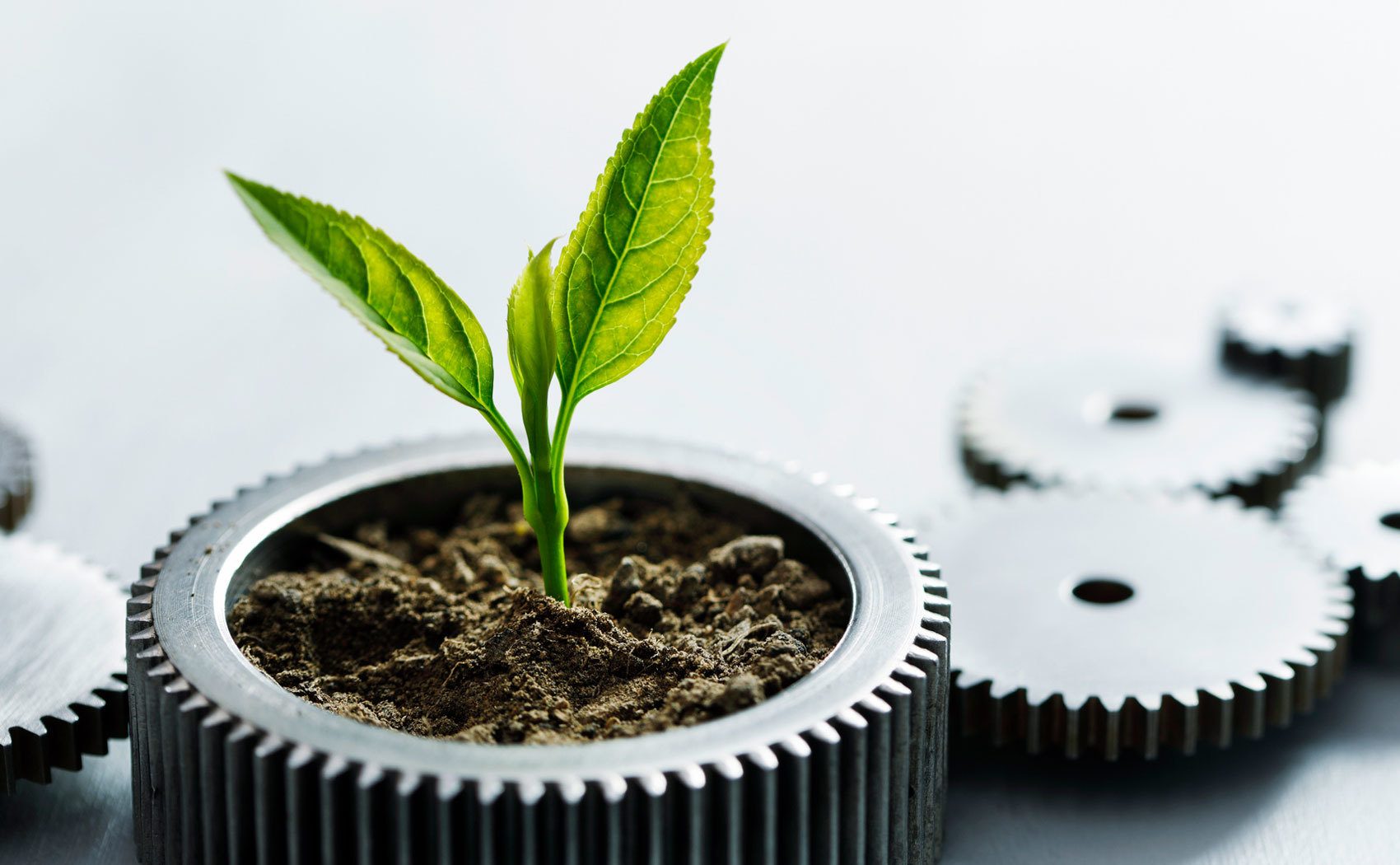
Researchers in Russia Develop Digital System to Facilitate Energy-Efficient Application of Anti-Corrosion Coatings
Metal corrosion is a crucial problem for technical systems, such as cars, ships, and airplanes, and infrastructure objects, such as bridges, power line towers, and cellular towers. Their collapse can lead to significant losses and threaten safety, making development of new ways to combat corrosion a vital task. Researchers at the Saint Petersburg Electrotechnical University, LETI, have developed a “digital twin” that will form the basis for creating energy-efficient equipment for applying protective coatings to metal structures of any size using strong electromagnetic fields.
One of the most effective methods of applying corrosion protection coatings is thermal diffusion galvanizing. It can be used to coat metal with a thin layer of zinc (no more than 150 microns), which is firmly embedded into the material structure and significantly increases the durability of steel and cast-iron products in aggressive environments, such as cold, humidity, and seawater. However, the technological process is difficult to control, especially when coating large objects. In addition, the environmental conditions in which galvanizing is performed, such as high temperature and pressure, must be maintained. These factors lead to a higher cost and longer duration of the production of these coatings and materials.
"We have developed a digital twin of the system (i.e. a software analog of a real device) for thermal diffusion galvanizing, in which the galvanizing process takes place under the influence of an induction magnetic field. This software makes it possible to forecast the performance of this equipment during all phases of the life cycle. With the help of this digital design technology, it is possible to optimize and speed up the creation of the equipment. Once it is up and running, the digital twin will help the operator know exactly what is going on inside the reactor and easily control the coating process," said Yury Perevalov, associate professor in the Department of Electrical Technology and Converter Engineering at LETI.
Scientists have now begun to create a mockup of the installation based on the developed digital twin to test the system in real life. The proposed version of the technology will make it possible to coat metal parts and structures of almost any size. It became possible due to the application of electromagnetic fields in the process of coating creation.
To create an electromagnetic field with the necessary characteristics, the system will include a special inductor. It will create and direct the electromagnetic field to the reactor of the system, where metal parts, such as plates, bolts, and screws, and the mixture for thermophoresis galvanizing will be fed. In this case, the technology of electromagnetic field application at a temperature up to 500 °C makes it possible to coat almost any size structure with zinc with minimal energy and material consumption. The process of controlling the system and maintaining the necessary environment for galvanizing will be carried out using the digital twin. "The technology is of great interest for corrosion protection of large metal structures: ship hulls, and components of pipelines," said Perevalov.
The researchers believe that in the future, the technology can be used not only for applying anti-corrosive compositions but also for shock-resistant, heat-resistant, and even anti-radiation coatings. The digital twin will make it possible to quickly adapt the system to work with different types of coatings.
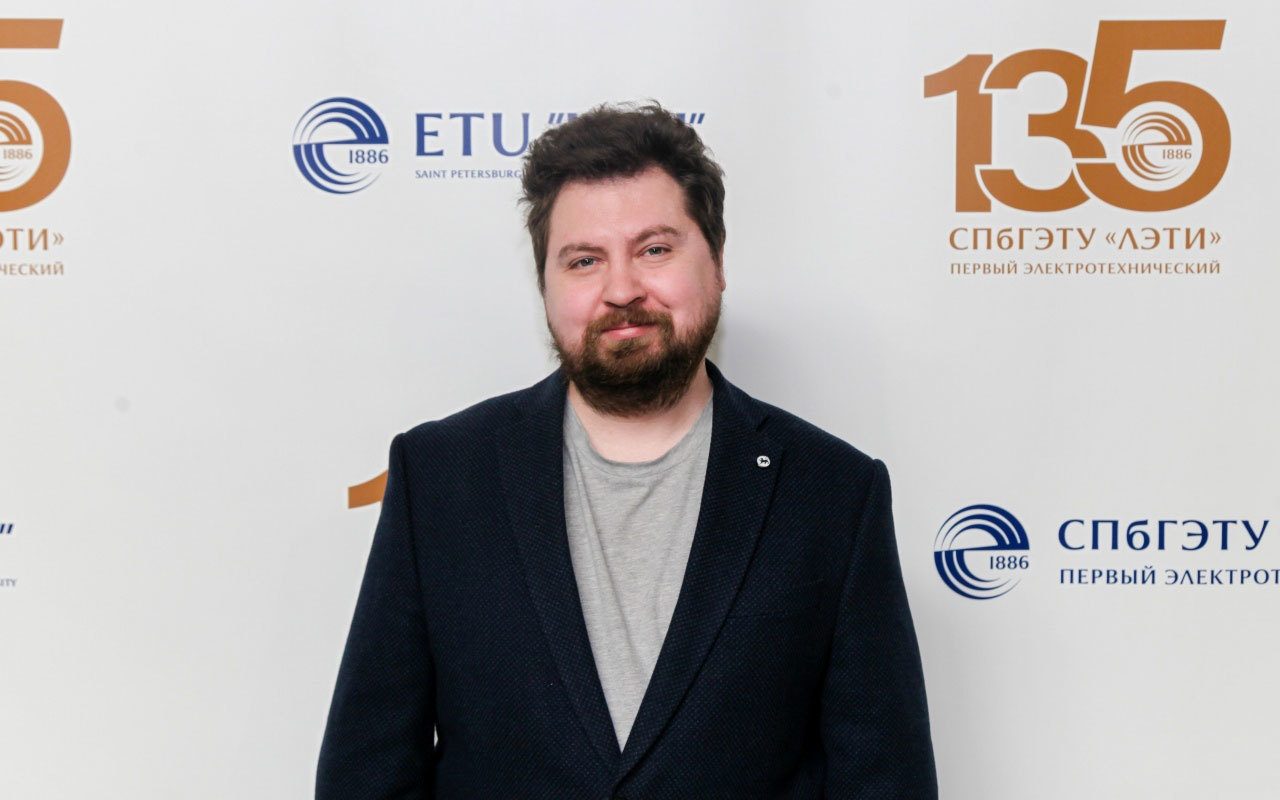
Yury Perevalov, associate professor in the Department of Electrical Technology and Converter Engineering at LETI. Photo courtesy of LETI.
Online Tool Accelerates Manufacture of Sustainable Architectural Coatings
ALINA company, Riga Technical University, and the University of Latvia have partnered to launched an initiative to accelerate the manufacturing of green and innovative architectural paint products. The online portal, www.paintsforlife.eu, is the result of several years of extensive research, and presents an innovative approach to the development of Ecolabel-compliant paint formulations. The initiative is within the framework of the EU LIFE program.
The project team has developed more than 20 sustainable architectural paint formulations available for industry professionals on the portal. These formulations are developed to reduce toxic biocides and VOCs in architectural paint products. In order to facilitate sustainable product development, information on the formulations and the raw materials used in the formulations is open and available for all industry stakeholders.
Credit: Vladislav Zolotov, iStock / Getty Images Plus, via Getty Images
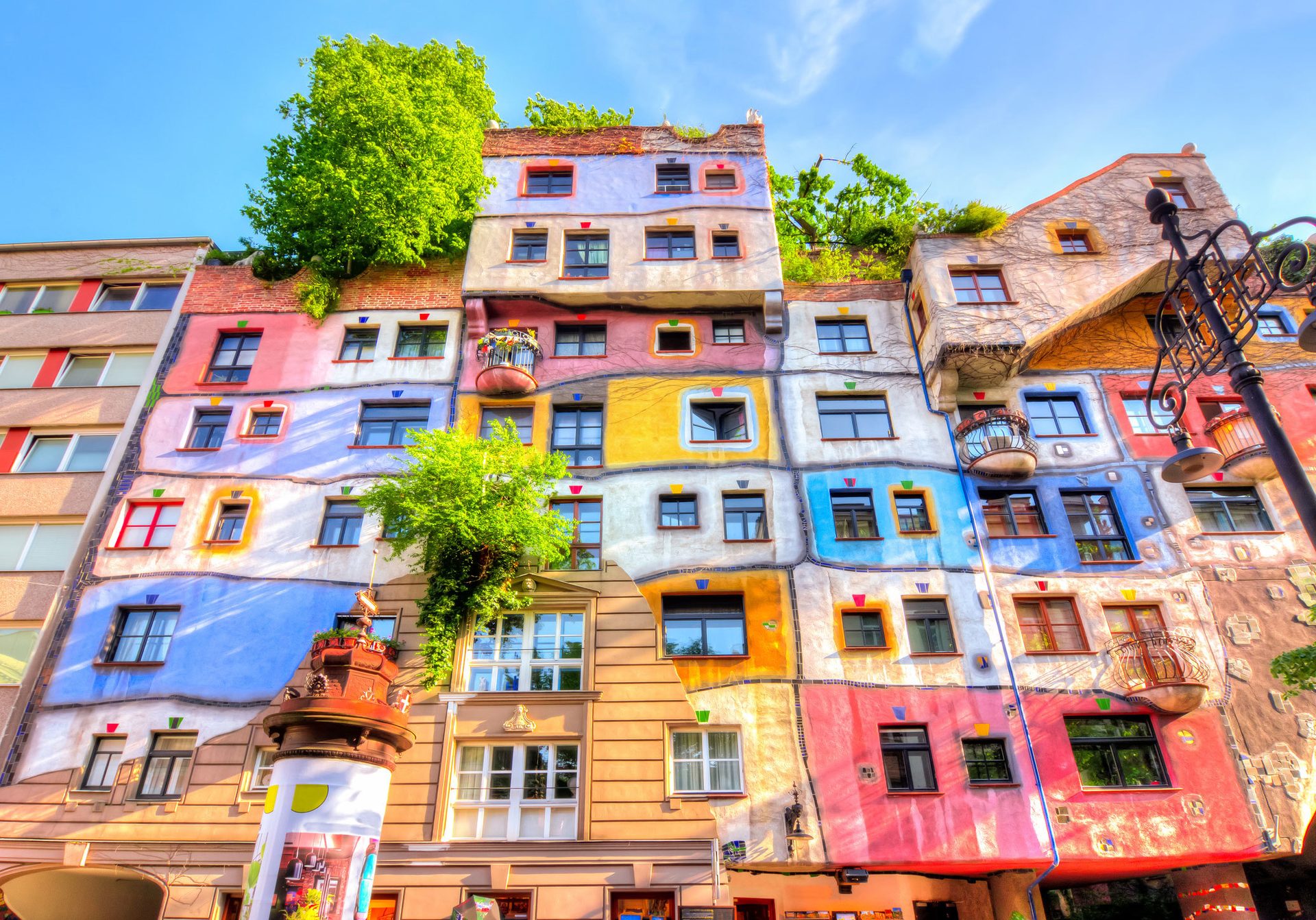
Solvita Kostjukova, co-founder and CEO of Alina company, emphasized that the PaintsForLife portal democratizes the architectural paint industry by offering complete information about frame formulations to develop low-VOC and eco-friendly biocide paint products. To the partners in the project, it is important that information on sustainable product development is available to every stakeholder in the industry. The potential target customers are small- and medium-size paint and coating manufacturers who need to adapt their products to sustainability requirements and are interested in wider adoption of green chemistry.
For consumers, the PaintsForLife portal offers guidelines for responsible paint product choice. It helps to understand the paint labeling system, and provides an insight into choosing low-toxicity and low-emission products, with good coverage and durability of the painted surface.
Corrosion-Protection Coatings Expected to Reach $12.3 Billion by 2027
MarketsandMarkets announced the release of a new report that predicts the market for corrosion-protection coatings will grow from approximately $10 billion in 2023 to approximately $12.3 billion by 2027. A compound annual growth rate (CAGR) of 4.1% is expected over the forecast period.
Based on resin type, epoxy-based corrosion-protection coatings are expected to lead the market during the forecast period. The study found that this segment accounted for the largest share of the market in 2021. The higher demand for epoxy is mainly attributed to its superior corrosion protection, water resistance, and varied applications.
Based on technology, the water-based segment is estimated to exhibit a high rate of growth during the forecast period. Growth is expected due to increasing demand from industrial and infrastructure sectors.
In terms of end-use industry, oil and gas is expected to account for the largest market share during the forecast period. Corrosion-protection coatings are used in oil and gas pipelines, for new pipes, and for pipe repair. The development of oil fields in the South China Sea, and investments in oil and gas infrastructure in China, Japan, Indonesia, India, and other countries are projected to increase the demand for corrosion-protection coatings.
The market for corrosion-protection coatings in Asia-Pacific is expected to register the highest CAGR during the forecast period. Growth is mainly due to economic expansion, followed by large investments across all industries, including petrochemical, oil and gas, infrastructure, power generation, and general industrial. Rapid industrialization and improved living standards in APAC are also driving the market. The high growth of emerging economies in the region makes Asia-Pacific an attractive market for corrosion-protection coatings manufacturers.
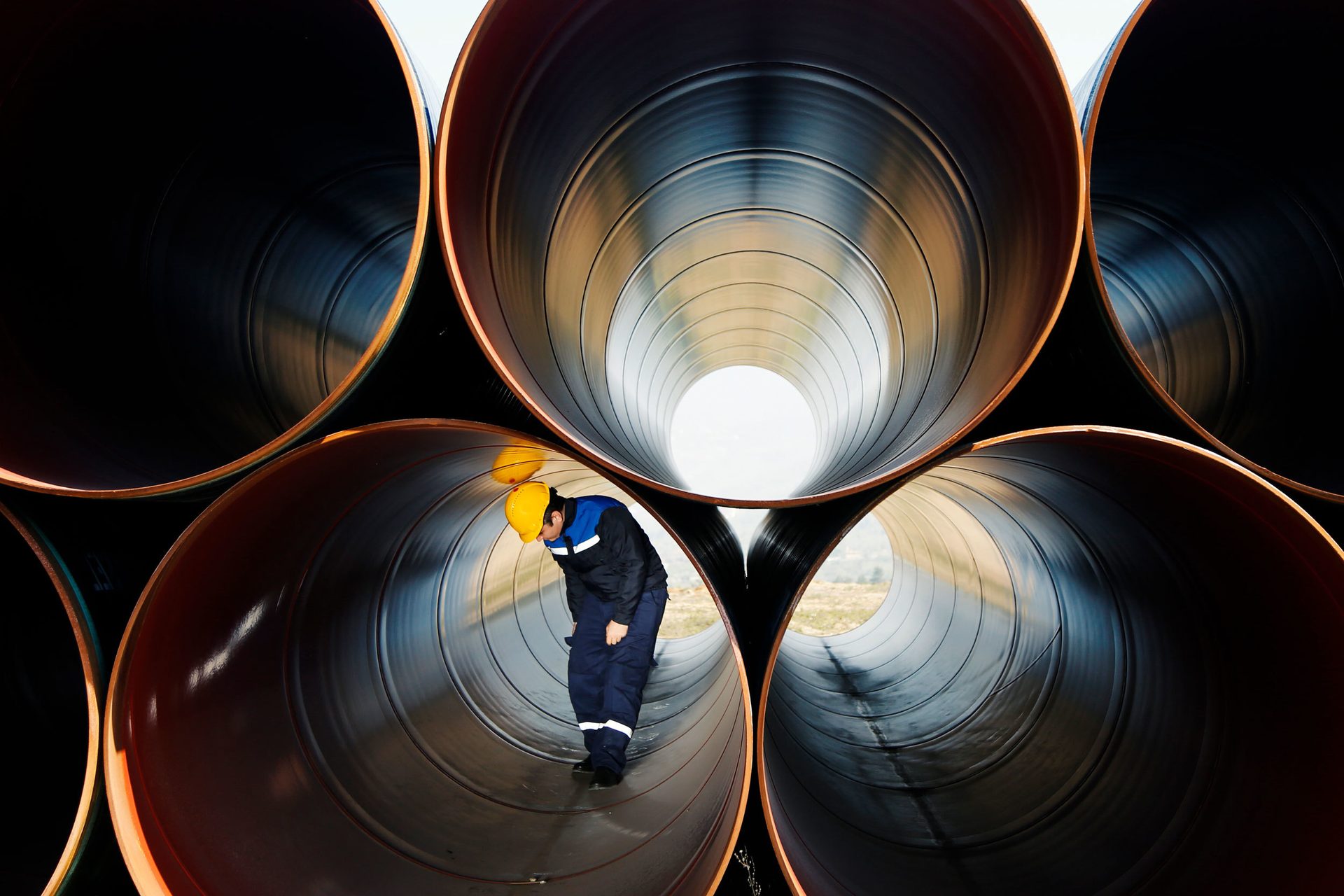
Credit: tolgart, E+, via Getty Images
Organizers of European Coatings Show Conference Issue Call for Papers
A call for papers has been issued for the European Coatings Show Conference 2023. Companies and academic or governmental research institutes are invited to submit previously unpublished, high-level technical research results that highlight advancements in coatings, printing inks, adhesives, and construction chemicals. The deadline to submit an abstract is September 19, 2022. Notification of acceptance will be sent October 12, 2022, and submission of the full technical paper for the conference is due March 6, 2023.
The European Coatings Show Conference will take place March 27-28, 2023, in Nuremberg, Germany. Learn more about the event at www.european-coatings-show.com. To submit an abstract, click here.
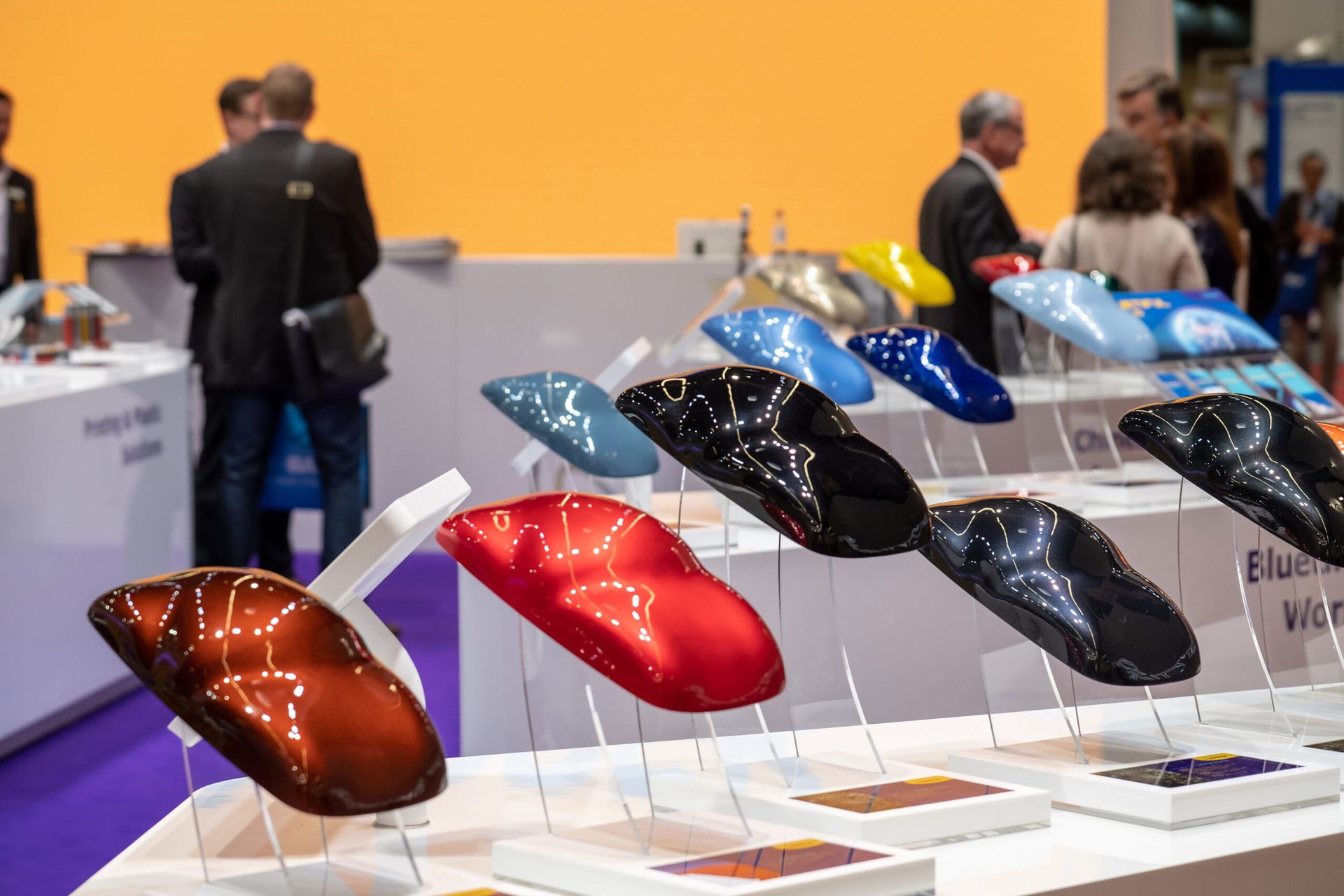
Image courtesy of the European Coatings Show.
